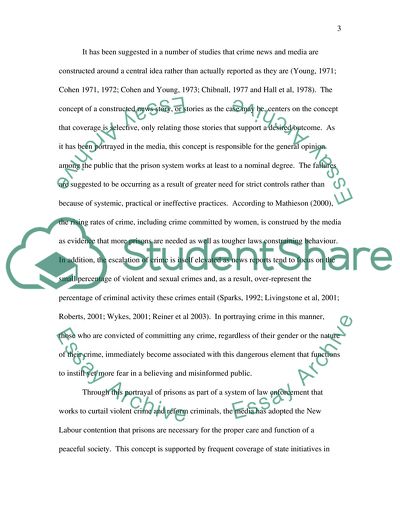Cite this document
(Portrayals of Women as Ex-Cons in the Media Article, n.d.)
Portrayals of Women as Ex-Cons in the Media Article. https://studentshare.org/journalism-communication/1707913-ba-journalism
Portrayals of Women as Ex-Cons in the Media Article. https://studentshare.org/journalism-communication/1707913-ba-journalism
(Portrayals of Women As Ex-Cons in the Media Article)
Portrayals of Women As Ex-Cons in the Media Article. https://studentshare.org/journalism-communication/1707913-ba-journalism.
Portrayals of Women As Ex-Cons in the Media Article. https://studentshare.org/journalism-communication/1707913-ba-journalism.
“Portrayals of Women As Ex-Cons in the Media Article”. https://studentshare.org/journalism-communication/1707913-ba-journalism.


